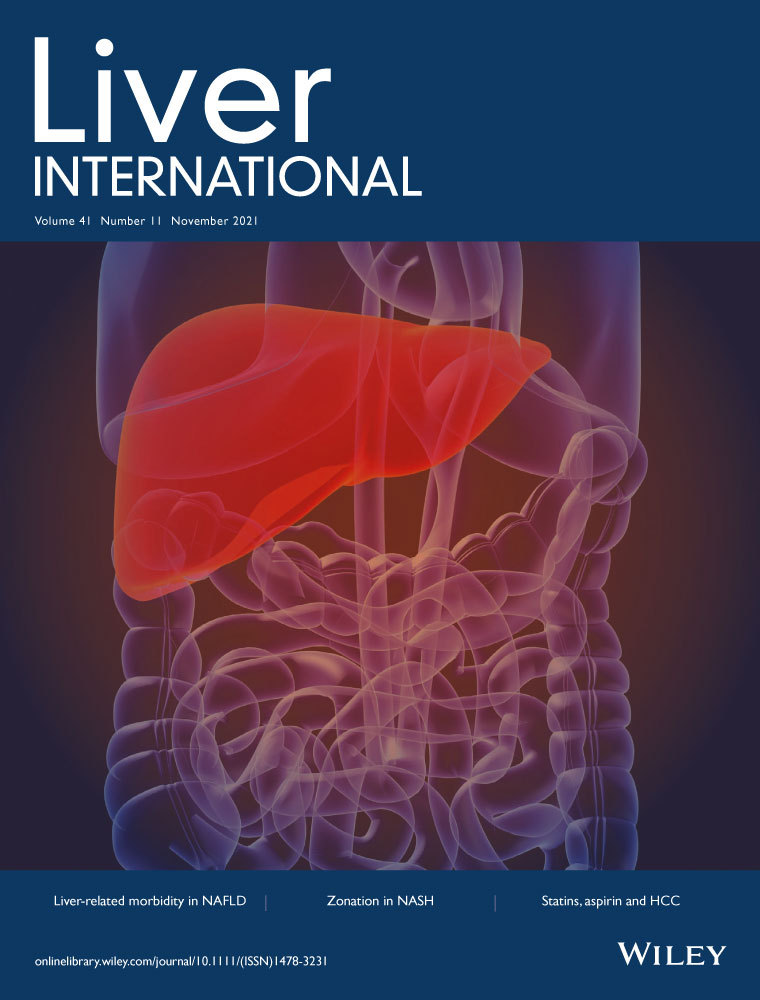Racial differences in primary sclerosing cholangitis mortality is associated with community socioeconomic status
Abstract
Background and Aims
Natural history and outcomes data in PSC are mostly derived from cohorts where Blacks have been underrepresented. It is unknown if there are differences in mortality between Blacks and Whites with PSC.
Methods
PSC patients seen at our institution from June 1988 to Jan 2019 were identified by merging prospective ERCP hepatology-clinic databases and liver-transplant registry. Data on race, clinical events, and death was obtained through chart review. Data on community health were collected using indices from county health rankings. Cumulative incidence of death was calculated using liver transplant (LT) as a competing risk.
Results
Of 449 patients, 404 were White and 45 were Black. The median-duration of follow-up was 7 years (IQR:3, 13). Black patients were younger at presentation than White patients (36.3 vs 42.5 years., P = .013). Disease severity as indicated by Mayo Risk Score categories (low 27% vs 31%, intermediate 54% vs 49% and high 19% vs 19%, P = .690), comorbidity burden and frequency of cirrhosis (42% vs 35%, P = .411) were similar between Blacks and Whites. Cumulative incidence of liver-related death, with LT as a competing risk was significantly higher in Blacks compared to Whites (sHR 1.80, 95%CI 1.25, 2.61, P = .002). There was a significant interaction between race and community socioeconomic factors that attenuated the racial difference in mortality (sHR 1.01, 95%CI 0.99, 1.04, P = .345).
Conclusions
Blacks with PSC present at a younger age with a similar disease severity as Whites but have higher liver related mortality that is mediated in part through community health.
DISCLOSURES
Dr Chalasani has ongoing consulting activities (or had in preceding 12 months) with NuSirt, Abbvie, Eli Lilly, Afimmune (DS Biopharma), Allergan (Tobira), Madrigal, Shire, Axovant, Coherus, Pronova (BASF) and Genentech. These consulting activities are generally in the areas of nonalcoholic fatty liver disease and drug hepatotoxicity. Dr Chalasani receives research grant support from Intercept, Lilly, Galectin Therapeutics and Cumberland where his institution receives the funding. Over the last decade, Dr Chalasani has served as a paid consultant to more than 30 pharmaceutical companies, and these outside activities have regularly been disclosed to his institutional authorities. Dr Vuppalanchi: Within the past three years he has received consulting fees for serving on Data Safety Monitoring Boards for Labcorp/Covance, Enyio and Enanta. He also received research grant support to his institution from Gilead Sciences, Zydus Discovery, Cara Therapeutics and Intercept. None of these have relevance to the current manuscript. Other authors of this manuscript have no conflicts of interest to disclosure pertinent to the study.




